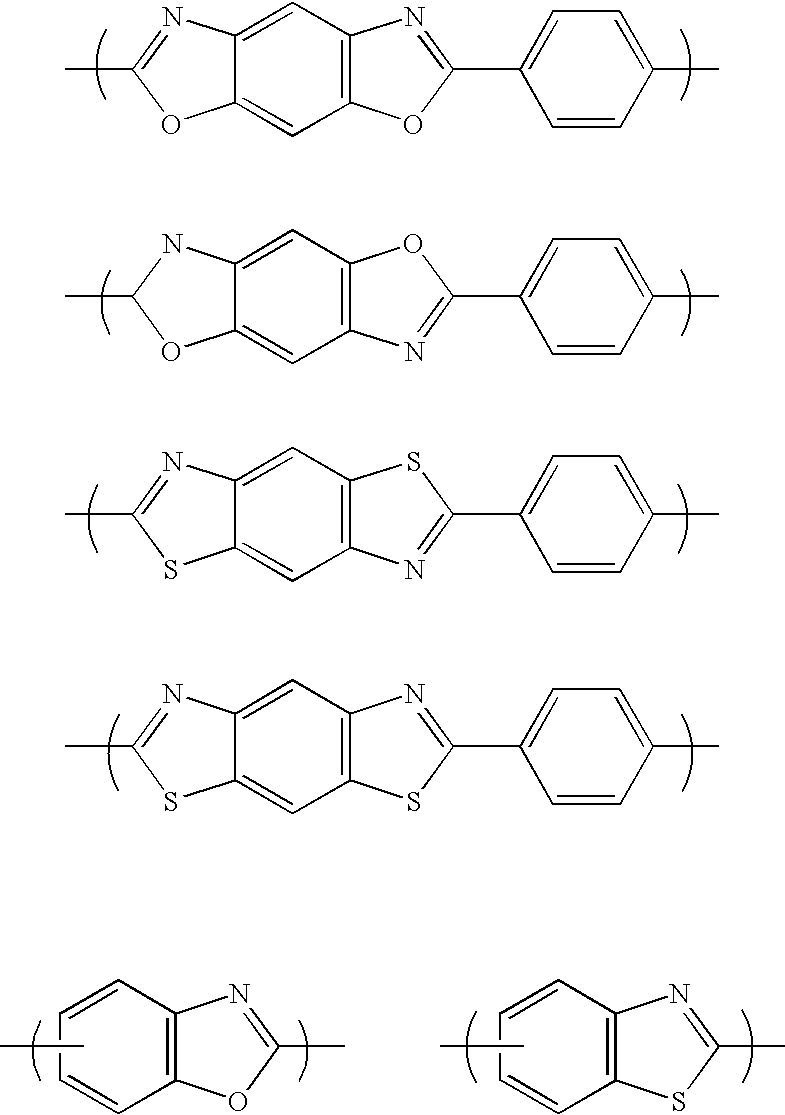Flexible spike/ballistic penetration-resistant articles
a technology of ballistic penetration and flexible spikes, applied in the field of flexible spikes, can solve the problems that body armor made for protection against ballistic body armor that protects a wearer against spike threats is not necessarily effective against spike threats, etc., and achieves excellent performance and improved ballistic performance.
- Summary
- Abstract
- Description
- Claims
- Application Information
AI Technical Summary
Benefits of technology
Problems solved by technology
Method used
Image
Examples
example 1
[0058]In this example, twelve layers of fabric woven from 220 dtex Kevlar® aramid containing 133 filaments at 70 ends per inch (27.6 ends per cm) construction in a plain weave were used as the spike resistant component. The number of filament crossovers per square inch (per square cm) for the spike resistant component was 86,676,100 (13,434,822), which was less than 90,000,000 (13,950,027). The areal density of the spike resistant component was 1.5 kg / m2. In addition, twenty-eight layers of fabrics woven from 440 dtex Kevlar® aramid containing 267 filaments at 31 ends per inch (12.2 ends per cm) construction in a plain weave were used as the ballistic resistant component. The areal density of the ballistic resistant component was about 3.2 kg / m2 . The number of filament crossovers per square inch (per square cm) for the ballistic resistant component was 68,508,729 (10,618,874), which was significantly less than 90,000,000 (13,950,027). The total areal density of the combined spike a...
example 2
[0060]In this example, ten layers of fabric woven from 440 dtex Kevlar® aramid containing 267 filaments at 50 ends per inch (—19.7_ends per cm) construction in a plain weave were used as the spike resistant component. The number of filament crossovers per square inch (per square cm) for the spike resistant component was 178,222,500 (27,624,543) which was significantly higher than 90,000,000 (13,950,027). The areal density of the spike resistant component was 1.7 kg / m2. In addition, thirty-four layers of fabrics woven from 440 dtex Kevlar® aramid containing 267 filaments at 26 ends per inch (10.2 ends per cm) construction in a plain weave were used as the ballistic resistant component. The number of filament crossovers per square inch (per square cm) for the ballistic resistant component was 48,191,364 (7,469,676), which was significantly less than 90,000,000 (13,950,027). The areal density of the ballistic resistant component was 3.2 kg / m2. The total areal density of the combined sp...
example 3
[0062]In this example, ten layers of fabric woven from 330 dtex Kevlar® aramid containing 150 filaments at 63 ends per inch (24.8 ends per cm) construction in a plain weave were used as the spike resistant component. The number of filament crossovers per square inch (per square cm) for the spike resistant component was 158,760,000 (24,607,849) which was significantly higher than 90,000,000 (13,950,027). The areal density of the spike resistant component was 1.6 kg / m2. In addition, twenty-five layers of fabrics woven from 440 dtex Kevlar aramid containing 267 filaments at 35 ends per inch (13.8 ends per cm) construction in a plain weave were used as the ballistic resistant component. The number of filament crossovers per square inch (per square cm) for the ballistic resistant component was 87,329,025 (13,536,026), which was less than 90,000,000 (13,950,027). The areal density of the ballistic resistant component was 3.2 kg / m2. The total areal density of the combined spike and ballist...
PUM
| Property | Measurement | Unit |
|---|---|---|
| linear density | aaaaa | aaaaa |
| linear density | aaaaa | aaaaa |
| elongation to break | aaaaa | aaaaa |
Abstract
Description
Claims
Application Information
 Login to View More
Login to View More - R&D
- Intellectual Property
- Life Sciences
- Materials
- Tech Scout
- Unparalleled Data Quality
- Higher Quality Content
- 60% Fewer Hallucinations
Browse by: Latest US Patents, China's latest patents, Technical Efficacy Thesaurus, Application Domain, Technology Topic, Popular Technical Reports.
© 2025 PatSnap. All rights reserved.Legal|Privacy policy|Modern Slavery Act Transparency Statement|Sitemap|About US| Contact US: help@patsnap.com



